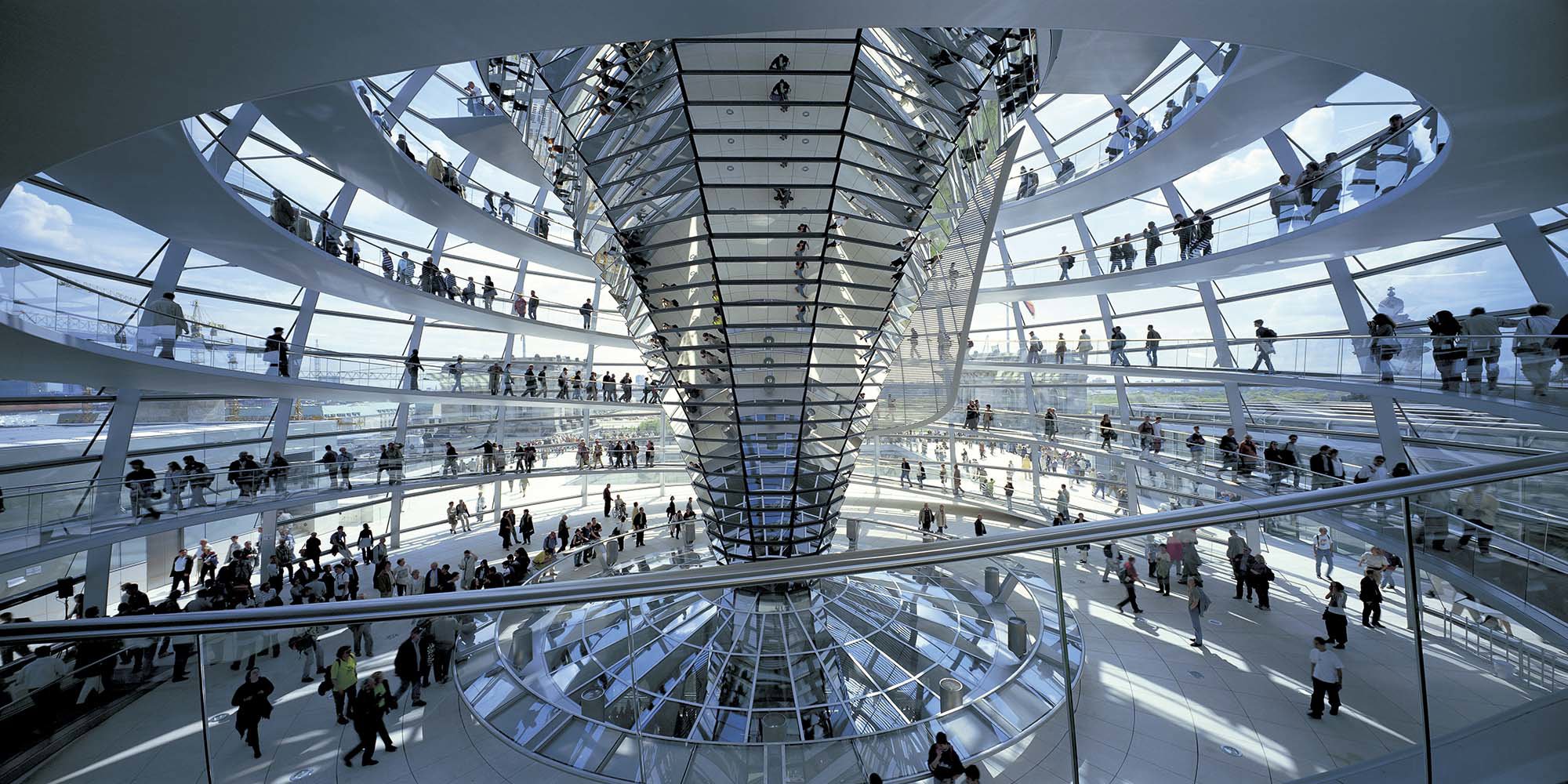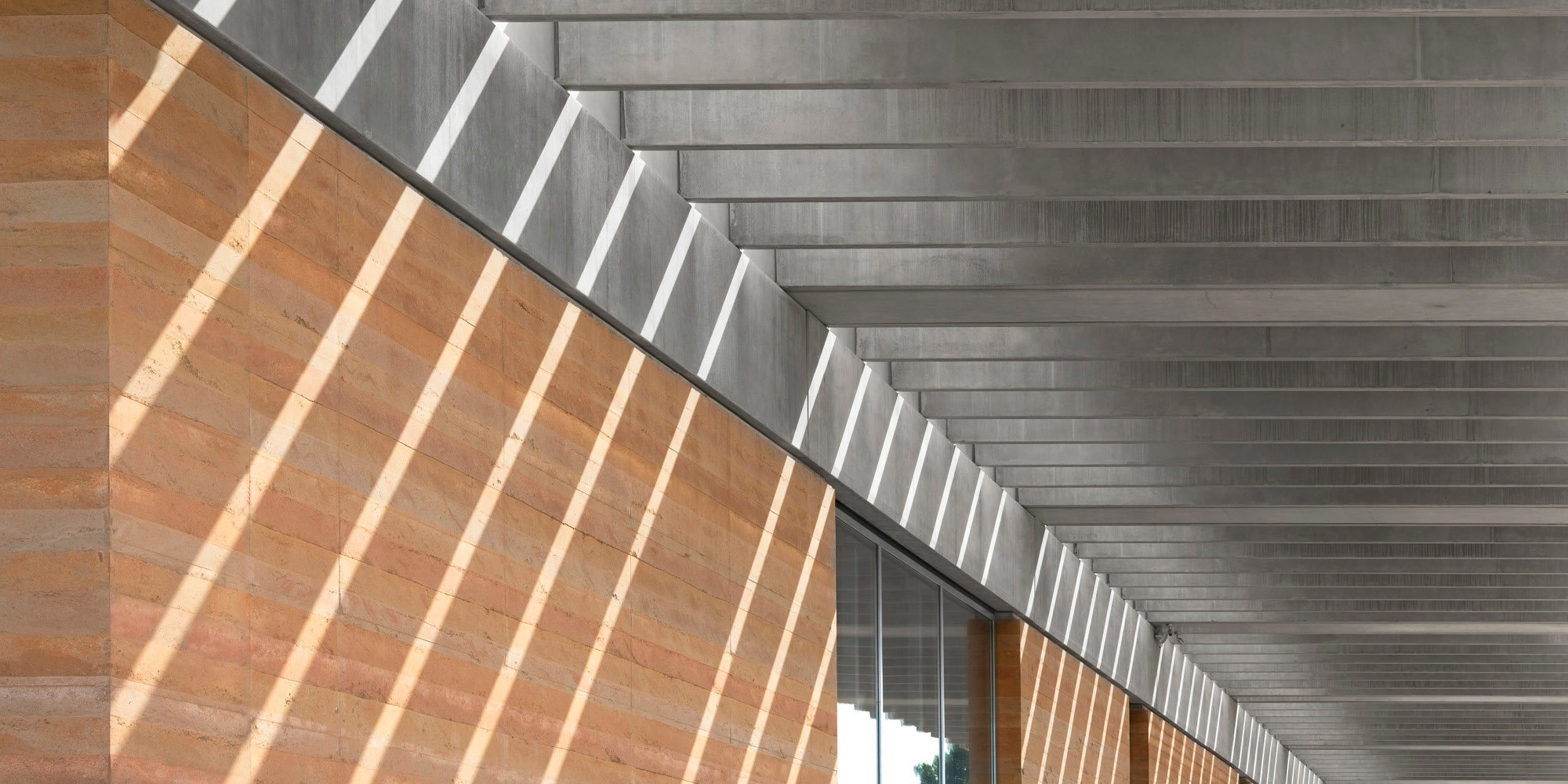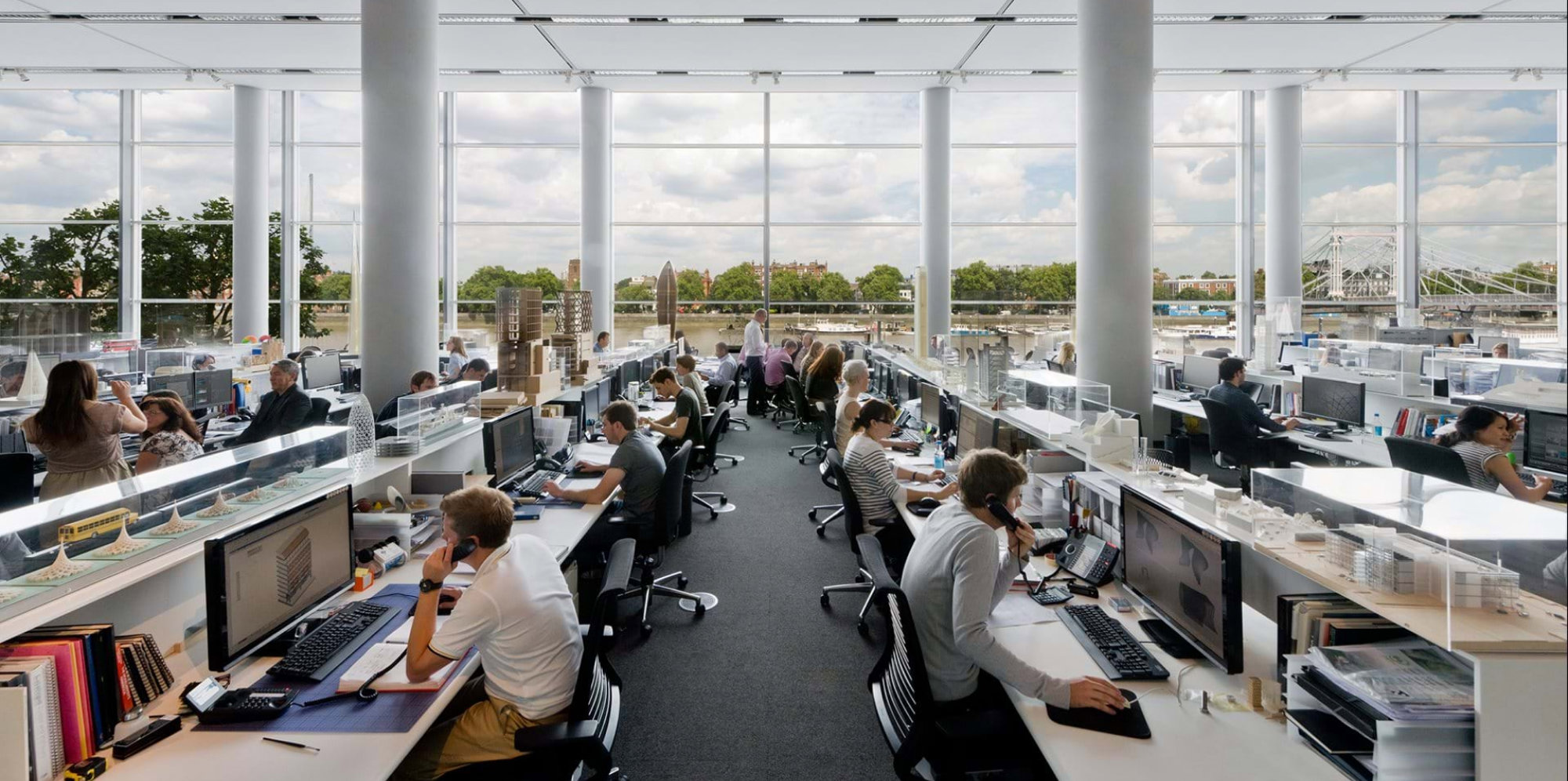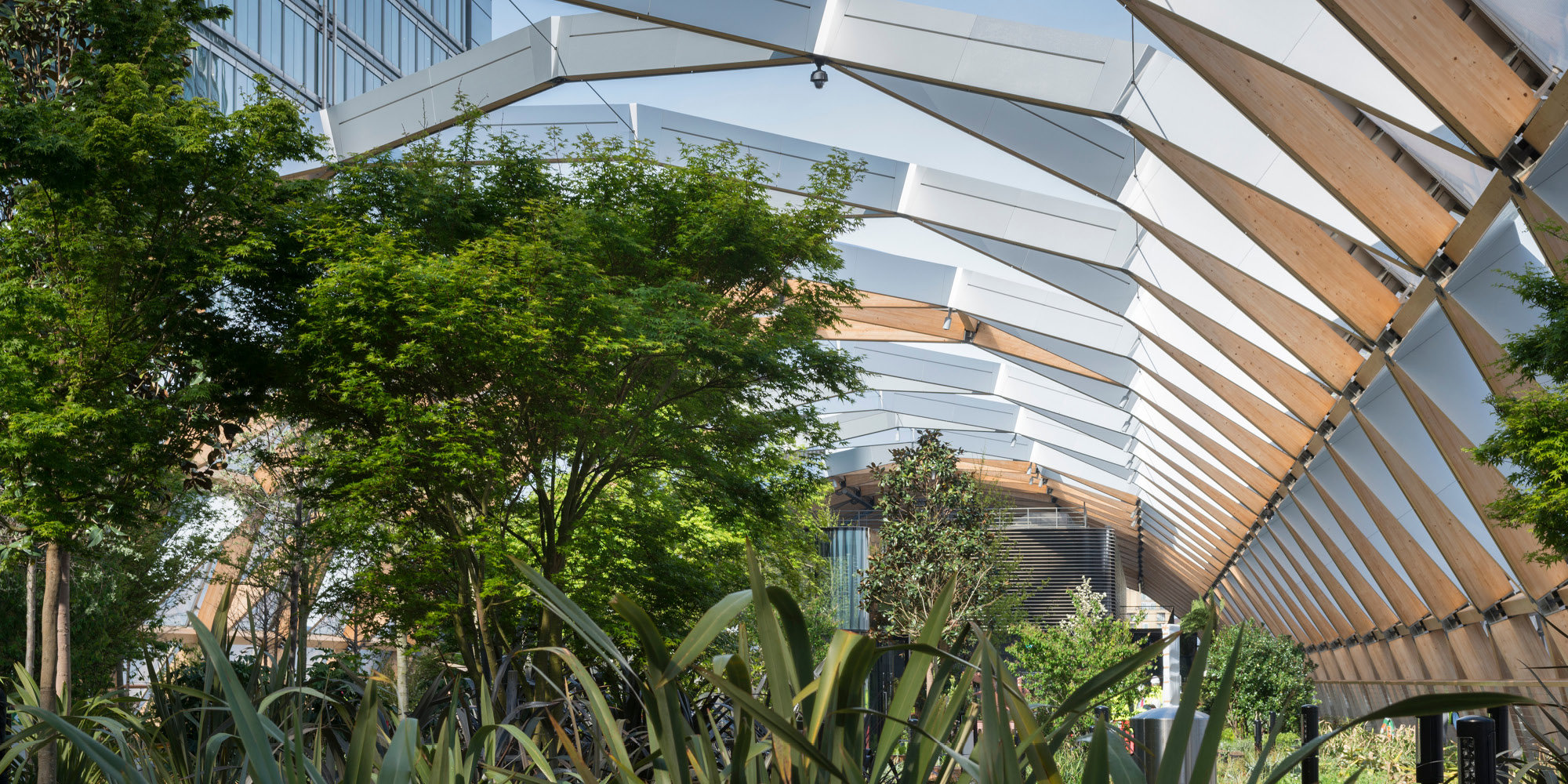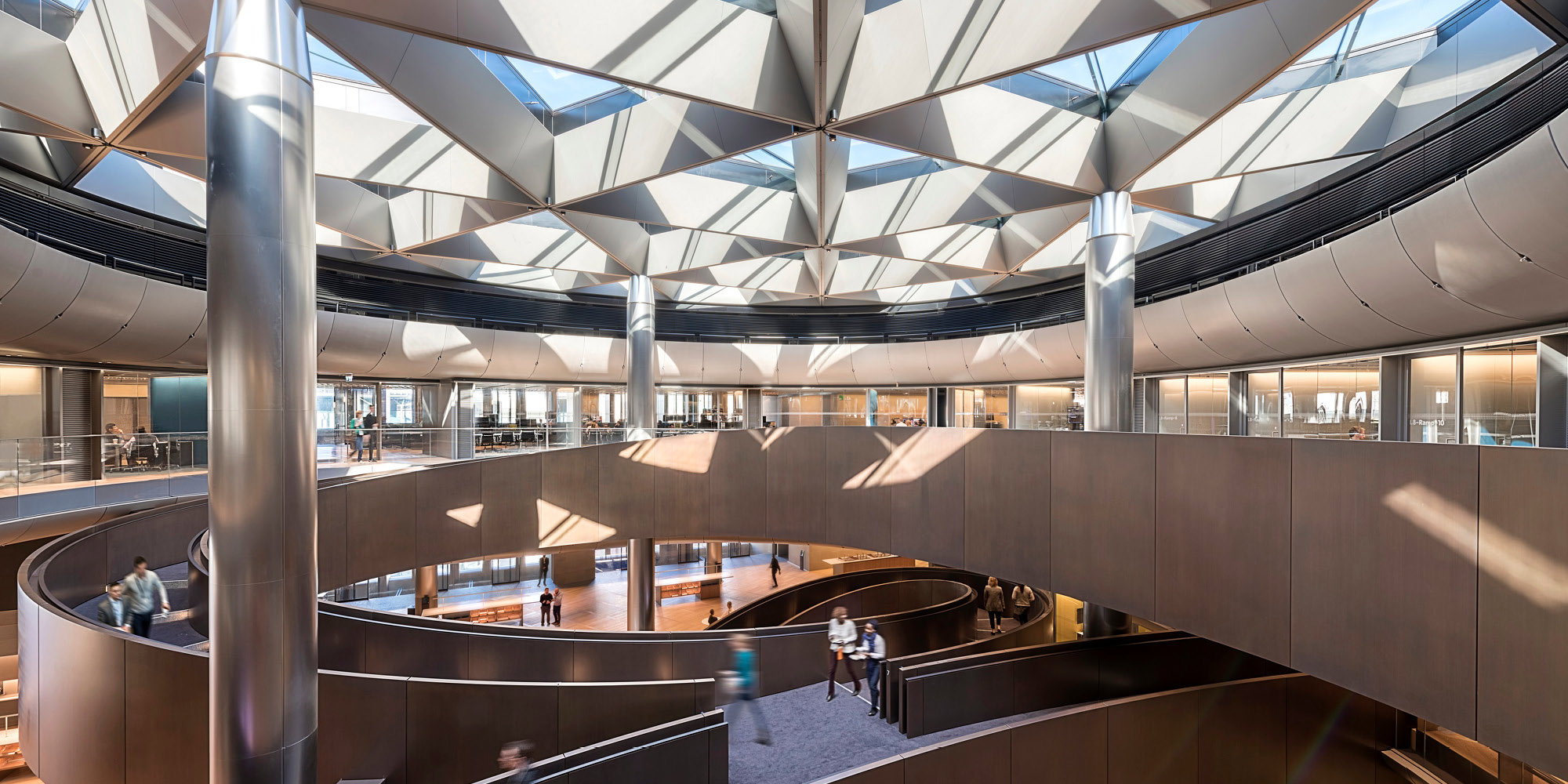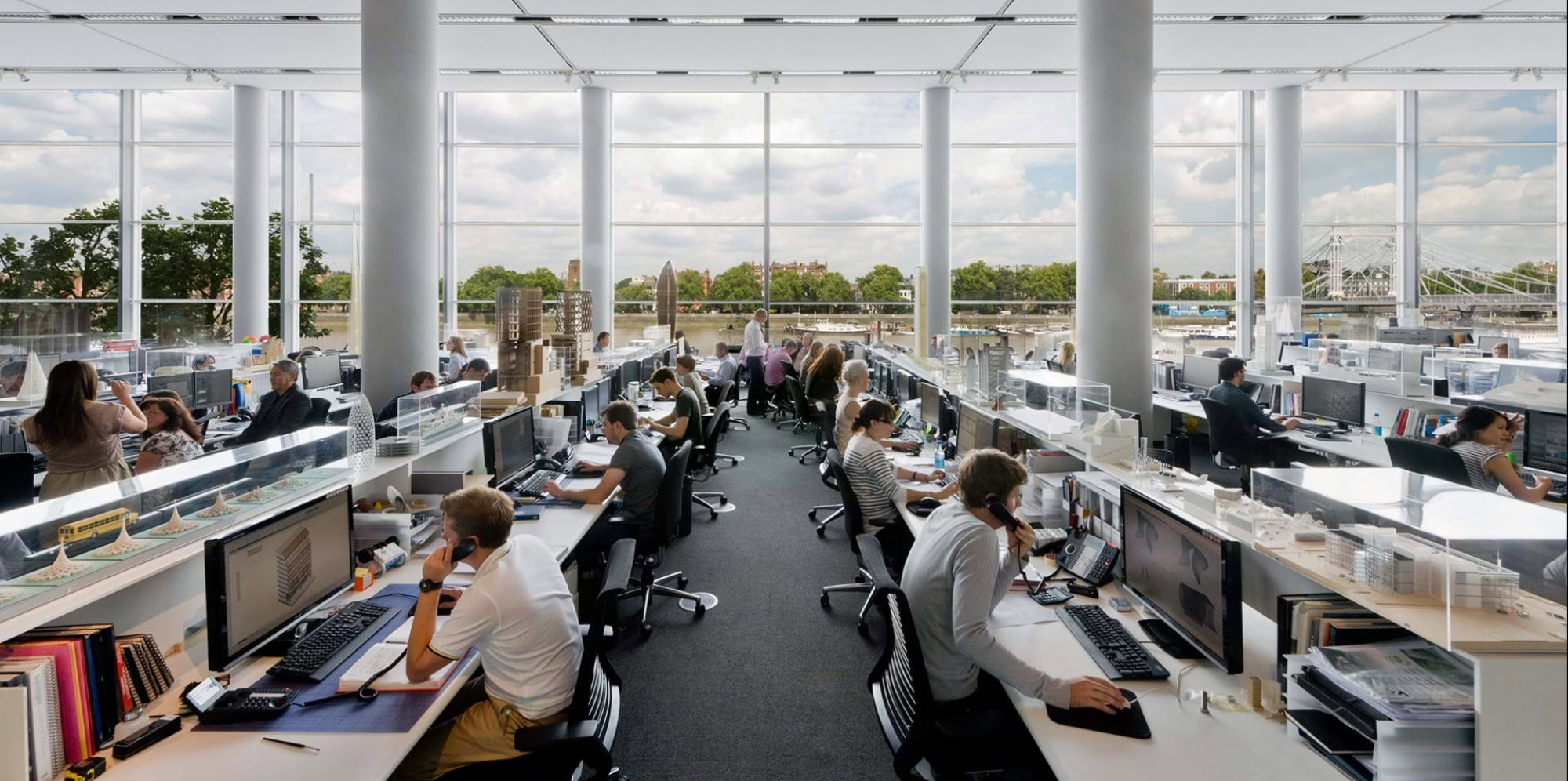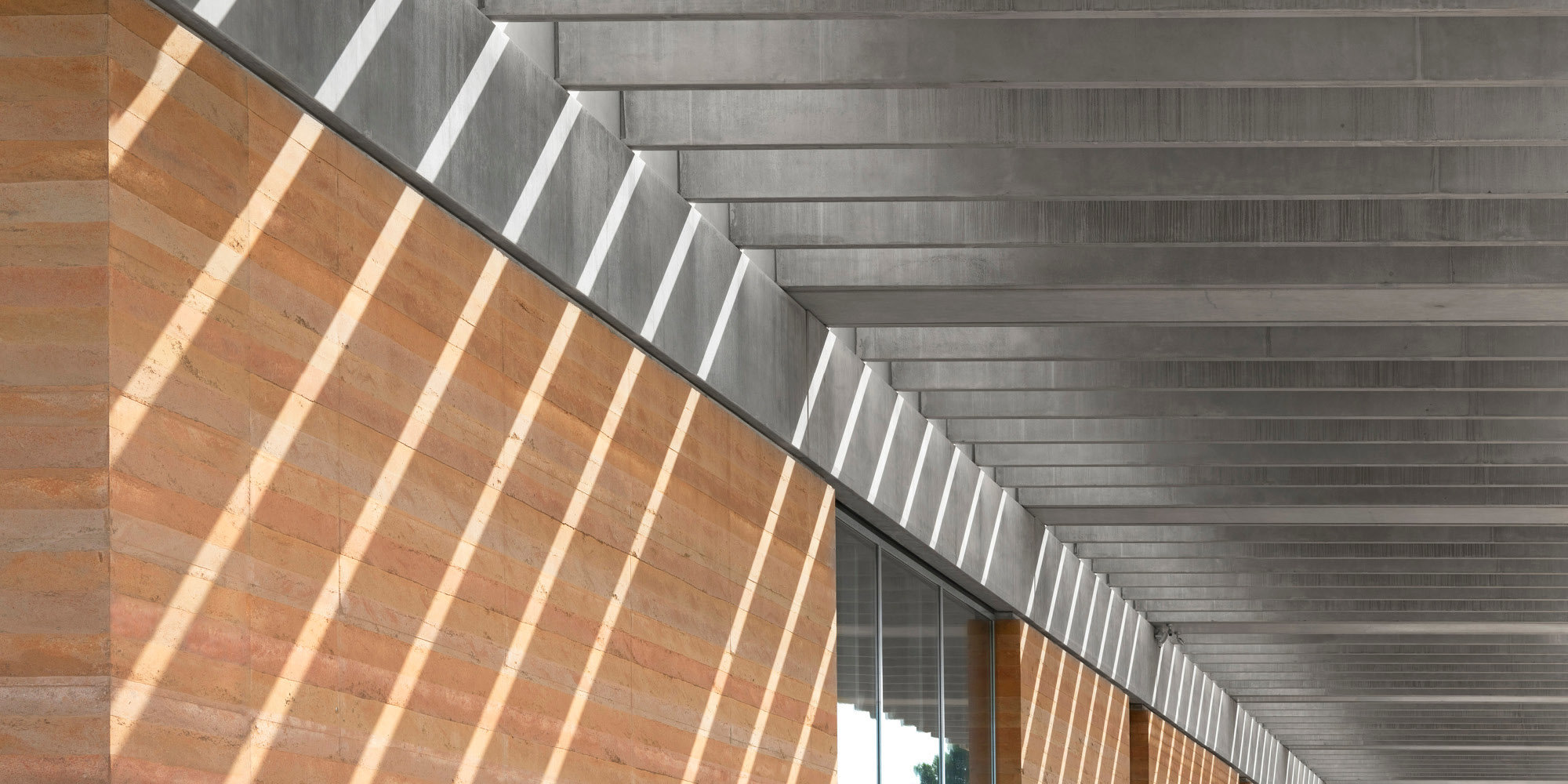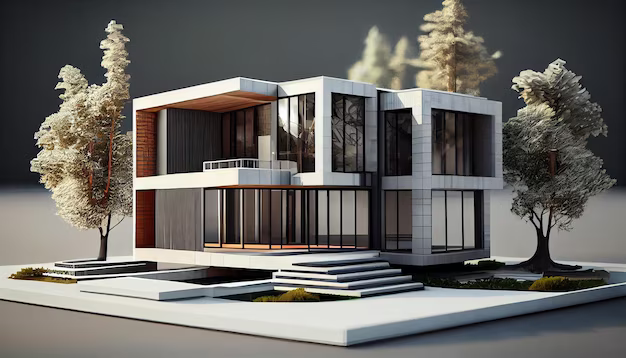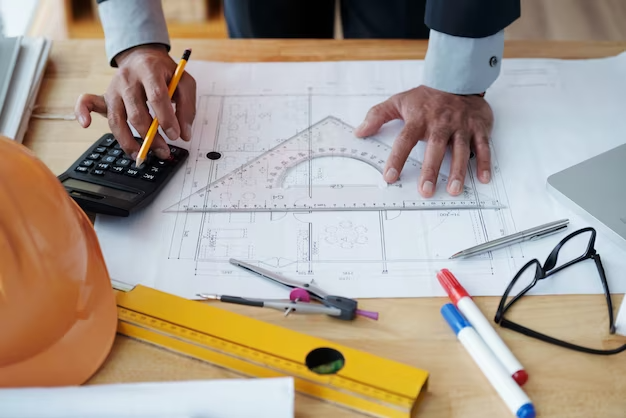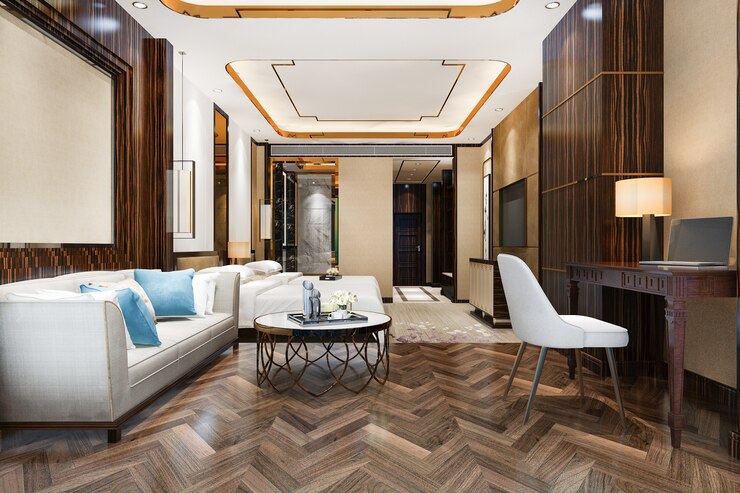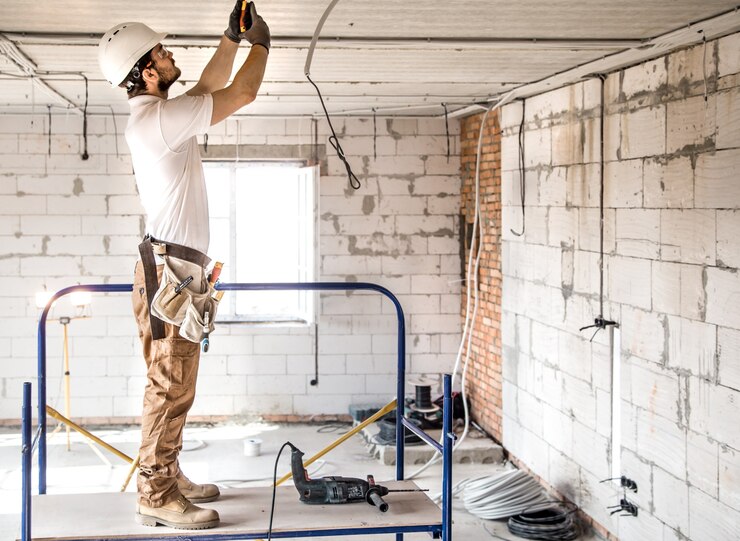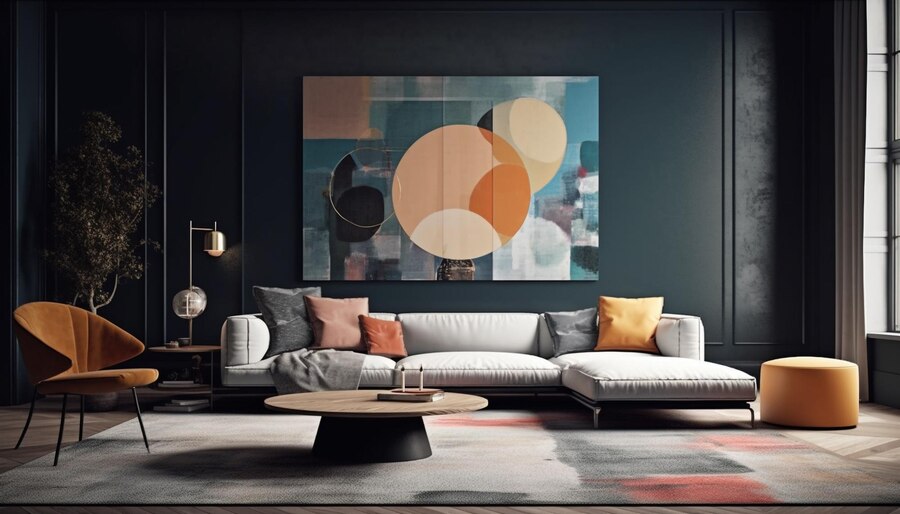3D architectural renderings have revolutionized the way we visualize and communicate designs.
Through meticulous digital craftsmanship, these renderings bring to life the intricate details of
architectural projects, transcending the limits of traditional blueprints and sketches. They
encapsulate the essence of a space, enabling clients and stakeholders to immerse themselves in the
envisioned environment well before the first brick is laid.
With their photorealistic precision, these renderings capture the interplay of light and shadow,
accentuating the textures, materials, and spatial relationships that define the architecture.
Whether it's the sleek lines of a contemporary urban skyscraper, the rustic charm of a countryside
villa, or the futuristic allure of an avant-garde structure, 3D renderings breathe life into the
architect's vision, enabling them to fine-tune every element before the commencement of
construction.
In the hands of skilled artists and designers, these renderings transcend mere technical
representations, becoming powerful storytelling tools that evoke emotions, convey narratives, and
evoke a sense of anticipation. They enable clients to explore various design iterations, fostering a
collaborative dialogue that leads to refined, tailor-made solutions.
Moreover, these renderings serve as indispensable marketing assets, empowering real estate
developers and marketers to showcase properties in their full glory, enticing potential buyers and
investors with compelling visual narratives. By presenting a realistic portrayal of the spatial
potential, these renderings facilitate informed decision-making, ensuring that every stakeholder
shares a unified vision and understanding of the project's scope and scale.
In an era where visualization is paramount, 3D architectural renderings stand as the vanguard of
effective communication in the architectural sphere, forging a bridge between imagination and
reality, and heralding a new era of design innovation and client engagement.
